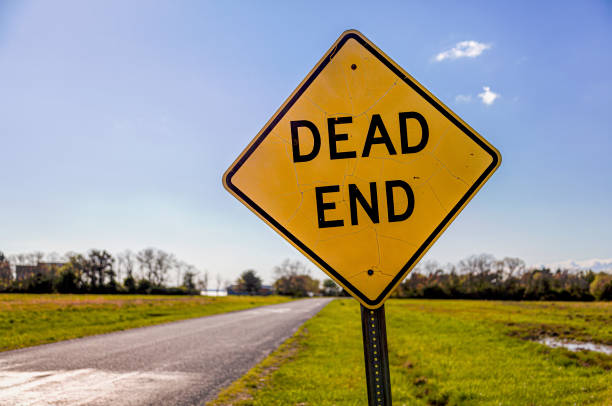Video conferencing for oral historians is a great way to conduct interviews with people who have lived through important events or periods of history. It allows you to connect with them from anywhere in the world, without having to travel or worry about the quality of the audio recording. You can also see their facial expressions and body language, which can add more depth and emotion to their stories. However, video conferencing also has some challenges and limitations that you need to be aware of. In this blog, we’re going to look at some of the drawbacks you might experience as well as tips and best practices to enhance video conferencing.
- Technical issues: Video conferencing depends on reliable internet connection, software, and hardware. If any of these fail, the communication can be disrupted or interrupted. This can cause frustration, confusion, and delays.
- Lack of personal touch: Video conferencing can’t fully replicate the experience of face-to-face interaction. Some non-verbal cues, such as body language, eye contact, and gestures, may be lost or distorted. This can affect the quality of communication and the rapport between the participants.
- Distractions and fatigue: Video conferencing can be more tiring and distracting than in-person meetings. Participants may have to deal with background noise, interruptions, or multitasking. They may also experience eye strain, headaches, or boredom from staring at a screen for a long time.
Video conferencing can be improved by following some tips and best practices. Here are some of the ways to enhance video conferencing:
- Test your equipment and connection: Before joining a video conference, make sure your internet speed, camera, microphone, and speakers are working properly. You can also use a headset or earphones to reduce background noise and improve sound quality.
- Choose a suitable location and background: Find a quiet and well-lit place to join the video conference. Avoid distractions and interruptions from other people, pets, or devices. You can also use a virtual background or blur your background to hide any clutter or personal items.
- Be prepared and professional: Prepare an agenda and any materials you need for the video conference. Dress appropriately and maintain a good posture. Look at the camera and smile when you speak. Use clear and polite language and avoid jargons or slang.
- Make eye contact with the camera and smile often: This conveys warmth and sincerity. Use gestures and facial expressions to emphasize your points and emotions.
- Follow up with a summary or a thank-you note: After the meeting, follow ups allows one to reinforce the main points and action items. You can also ask for feedback or suggestions on how to improve your video conferencing skills.
Video conferencing enables effective oral history interviews or conversations with people worldwide, but it also demands proper preparation and etiquette. To ensure a smooth and productive experience, one should adhere to the best practices for engaging and respectful interactions during video conferencing. This blog concludes here. I hope it was helpful. feel free to contact us if you have any questions or if you have any oral history transcription needs. Remember to be kind, learn to unwind, and stay positive.
